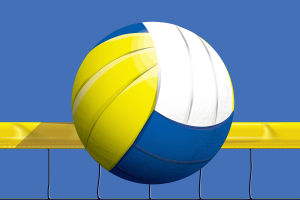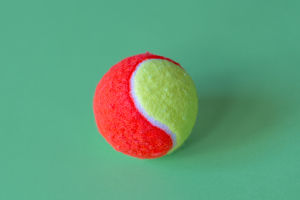Hockey Rules
Hockey is a fast-paced sport enjoyed worldwide.
Played on ice, grass, or indoors, the rules of hockey maintain fairness and safety while allowing players to showcase skill and teamwork.
Here, we'll focus on ice hockey, covering fundamental rules, player roles, and key penalties to offer a comprehensive understanding of the game.
The goal in hockey is simple: score more goals than the opposing team. Players aim to hit a puck into the opponent's goal with a hockey stick. Each goal is worth one point, and the team with the most points wins. Ice hockey games are divided into three 20-minute periods with intermissions.
Each team has six players on the ice: three forwards, two defensemen, and one goalie. Forwards focus on scoring, defensemen prevent the opposing team from scoring, and the goalie blocks the puck from entering the net.
Hockey allows players to skate freely but has specific rules to maintain game structure.
- Offside: A player cannot enter the offensive zone (the area between the opponent's blue line and goal line) before the puck. This prevents "cherry-picking" by ensuring players don't stay near the opponent's goal for easy passes.
- Icing: When a player shoots the puck from behind the center line past the opponent's goal line without it being touched, icing is called. This rule prevents teams from clearing the puck to waste time or relieve pressure.
A face-off occurs in the offending team's defensive zone when icing is called.
- Face-Offs: Used to start or restart play, face-offs involve two opposing players, with the puck dropped between them. Face-offs occur at the start of each period, after a goal, or following rule violations.
Hockey allows line changes during play, meaning players can substitute in and out without stopping the game. This keeps the game fast-paced and allows players to rest. Teams use multiple lines of forwards and defensemen, each suited to different styles (such as offense, defense, or speed).
Penalties are called when a player breaks the rules, resulting in temporary removal from play and potentially leaving their team shorthanded. Common penalties include:
- Tripping: Using the stick or body to cause an opponent to fall, resulting in a two-minute penalty.
- Hooking: Using the stick to restrain an opponent, often slowing down or blocking their movement.
- High-Sticking: Making contact above shoulder level with an opponent using the stick, which can cause injury.
- Fighting: Though sometimes tolerated, fighting results in a five-minute "major" penalty, with both teams often playing shorthanded.
- Boarding: Hitting an opponent violently against the boards, often leading to a major penalty or even ejection.
Officials, including referees and linesmen, ensure fair play. Referees call penalties and enforce rules, while linesmen monitor offside and icing. With the game's high speed and physicality, officials play a vital role in maintaining control and safety.
Hockey's rules balance structure and freedom, making it thrilling to watch and challenging to play. From understanding offside to navigating penalties, players and fans gain a deeper appreciation for hockey by knowing the rules.
Whether recreational or professional, hockey showcases skill, teamwork, and resilience on the ice.


